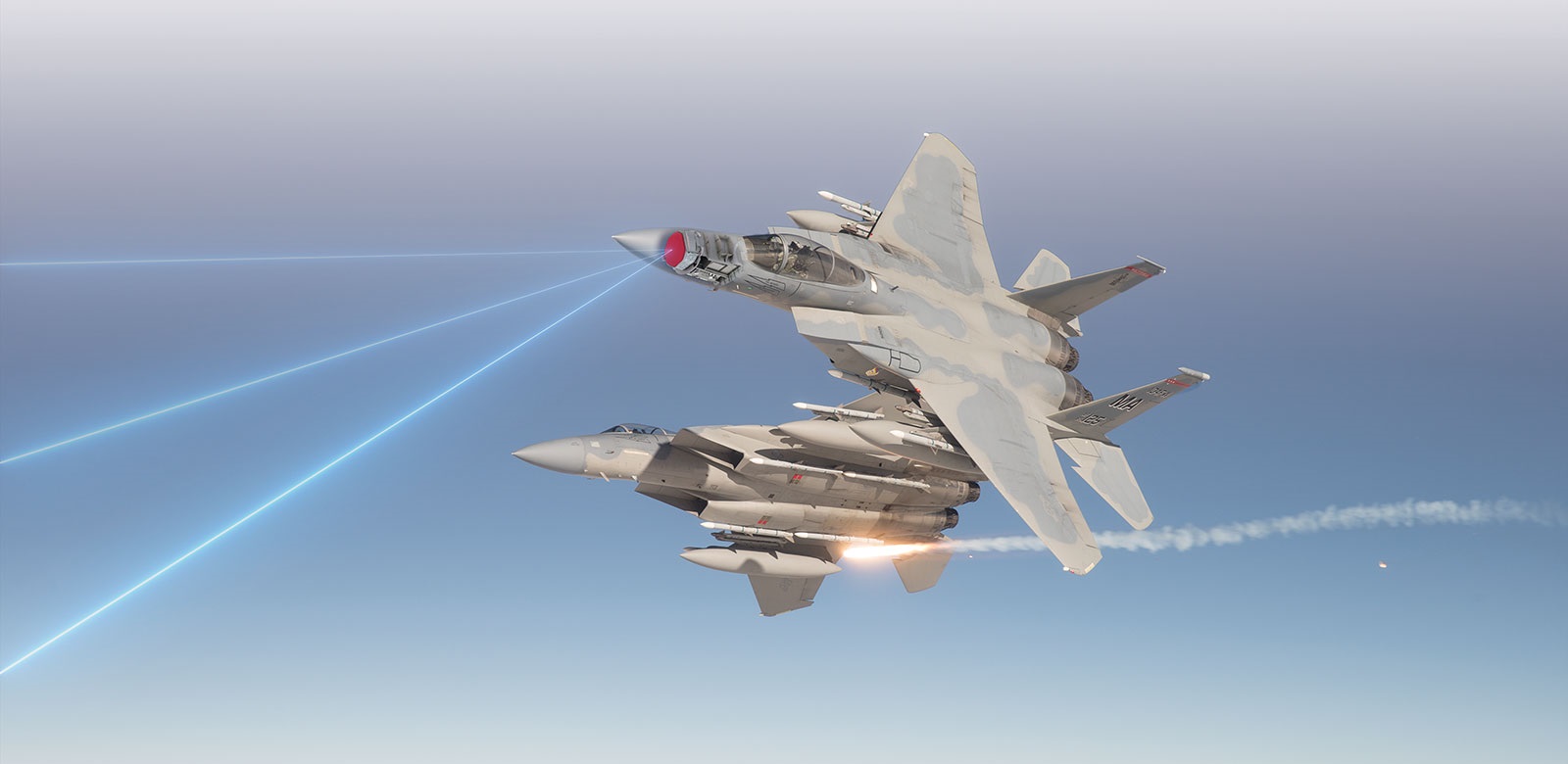Raytheon Intelligence & Space was selected by the Boeing Company to provide the APG-82(V)1 active electronically scanned array radar for the F-15EX. The APG-82(V)1 radar can simultaneously detect, identify and track multiple air and surface targets at longer ranges than ever before. This constant target observation allows pilots to make smarter decisions faster and further from the threat; enabling them to keep their edge in the skies and achieve air dominance. To date, Raytheon Intelligence & Space has delivered more than 150 APG-82s to U.S. and international customers. Under the contract with Boeing, RI&S will deliver eight systems beginning this year and concluding in 2022.
The APG-82(V)1 optimizes the F-15Es multirole mission capability. In addition to its extended range and improved multi-target track and precision engagement capabilities, the APG-82(V)1 offers improvement in system reliability over the legacy F-15E APG-70 radar. This phenomenal level of reliability and maintainability will result in significant maintenance cost savings for the U.S. Air Force. Aircraft equipped with the APG-82(V)1 AESA radar can simultaneously detect, identify and track multiple air and surface targets at longer ranges than ever before. The longer standoff range facilitates persistent target observation and information sharing for informed decision making.

Raytheon Intelligence & Space’s ground-breaking AESA technology has consistently proven its exceptional performance, reliability and mission capabilities for the warfighter. Our APG-79 AESA radar design, now extended to the APG-82(V)1, is combat-proven on fielded F/A-18s, and it’s being adapted now to modernize the Strike Eagle. Headquartered in Arlington, Virginia, Raytheon Intelligence & Space generated $14 billion in pro forma annual revenue in 2019 and has 35,700 employees worldwide. Raytheon Intelligence & Space is one of four businesses that form Raytheon Technologies Corporation.
In 2018, the USAF and Boeing discussed a proposed F-15X, a single-seat variant based on the F-15QA intended to replace the USAF’s F-15C/Ds. Improvements includes the AMBER weapons rack to carry up to 22 air-to-air missiles, infra-red search and track, advanced avionics and electronics warfare equipment, AESA radar, and revised structure with a service life of 20,000 hours.The USAF opted for the F-15EX to maintain fighter numbers after the premature termination of F-22 production, its aging F-15C fleet, and F-35 delays. Although it is not expected to be survivable against modern air defenses by 2028. In the FY 2020 budget, the United States Department of Defense requested US$1.1 billion to procure eight F-15EXs of a total planned procurement of 144 F-15EXs.















